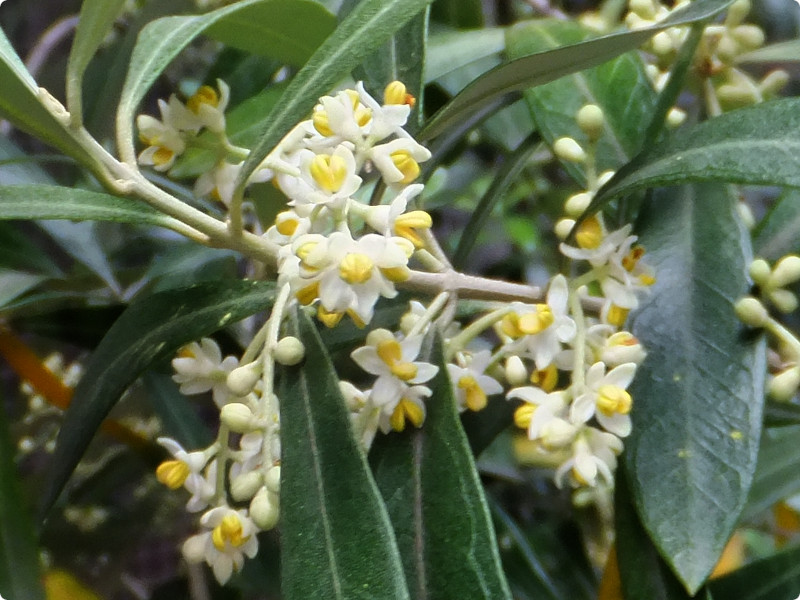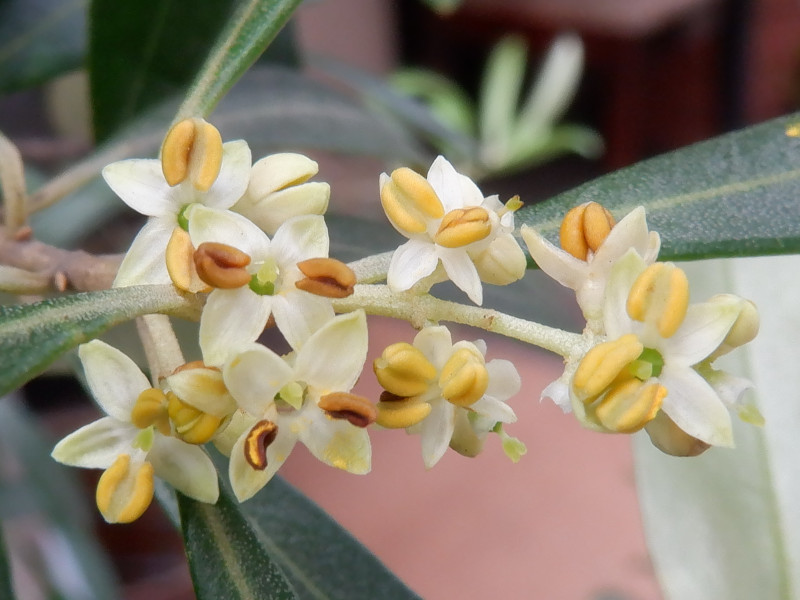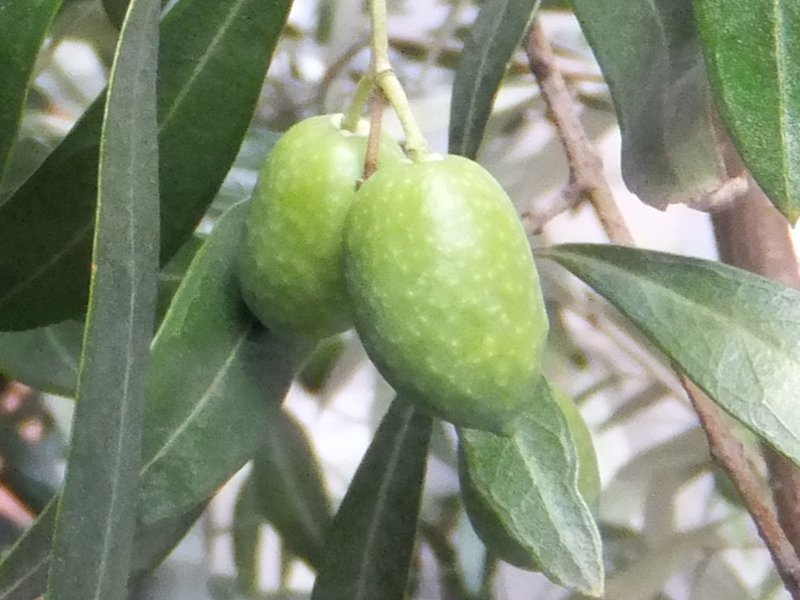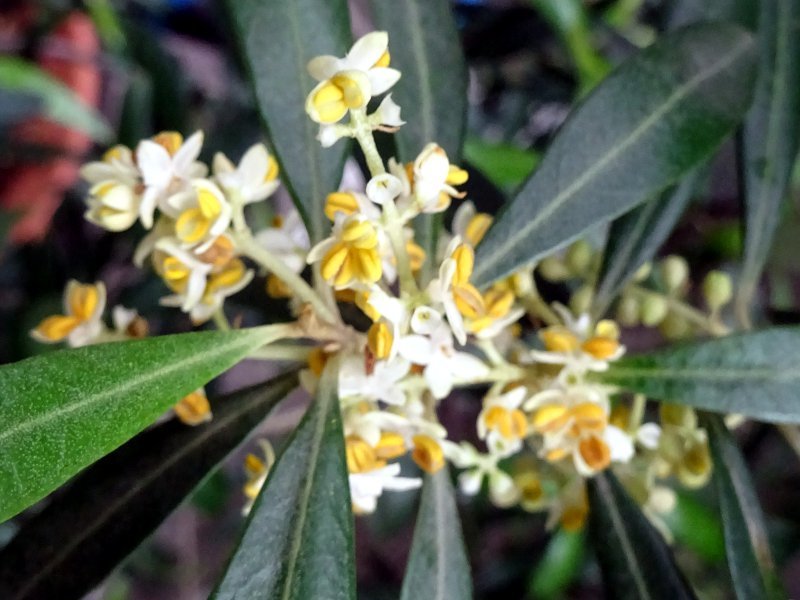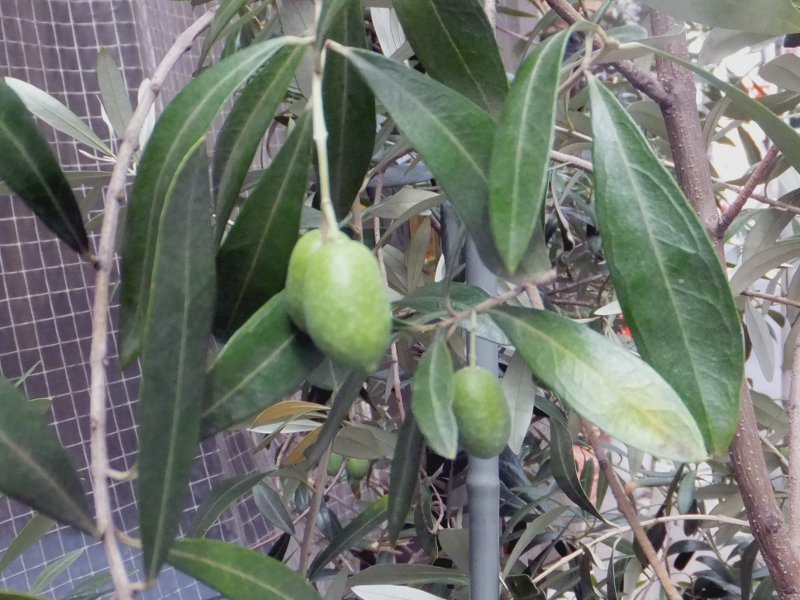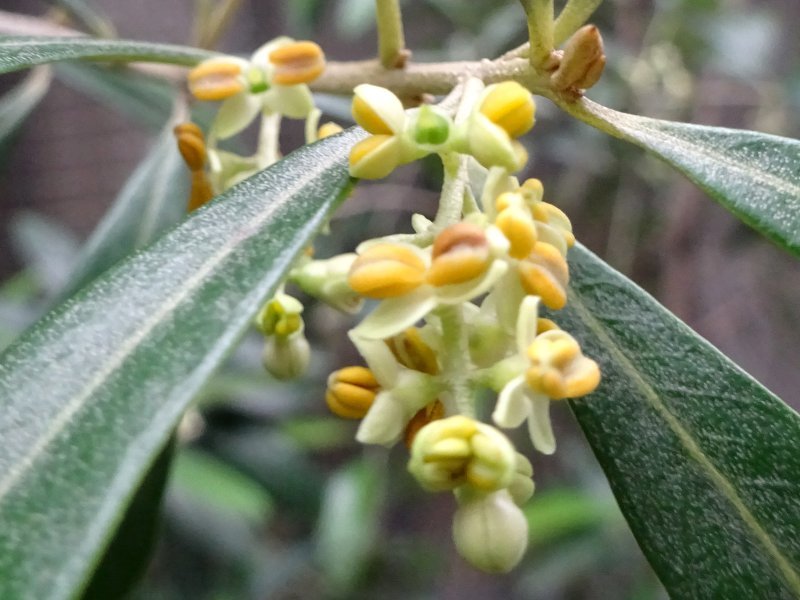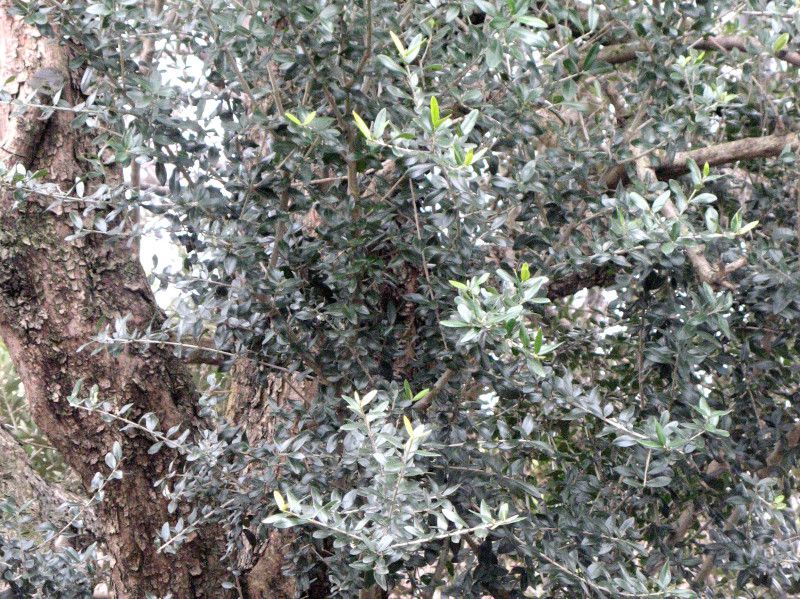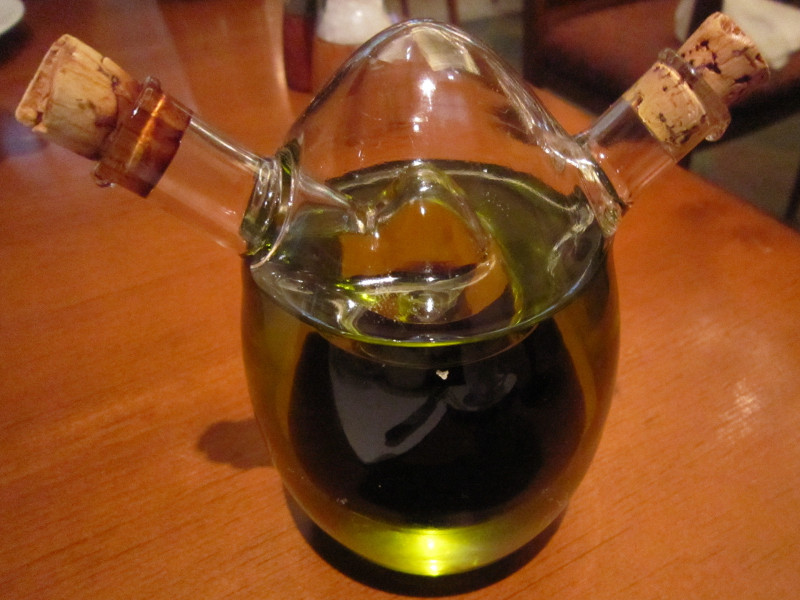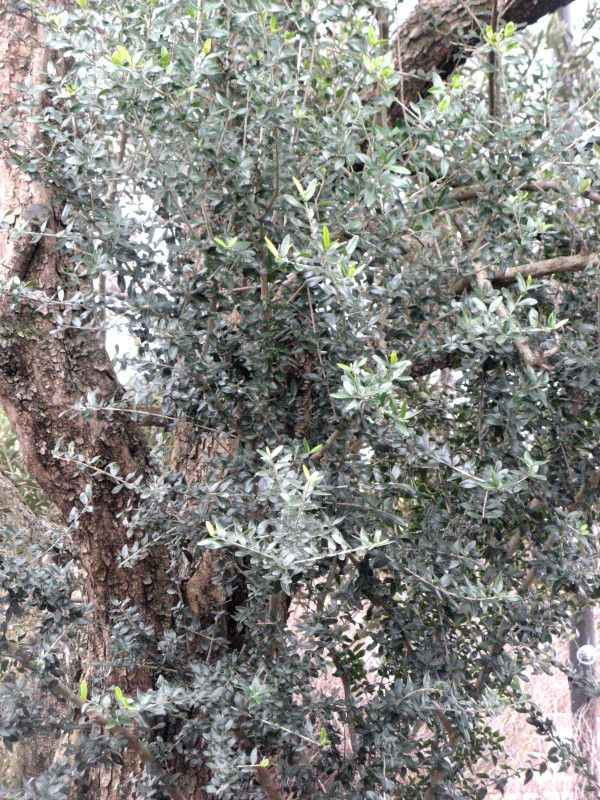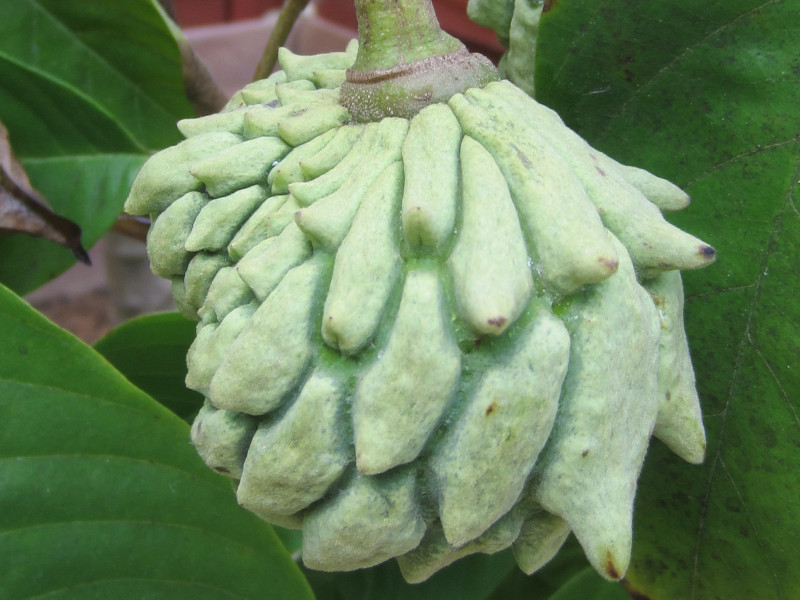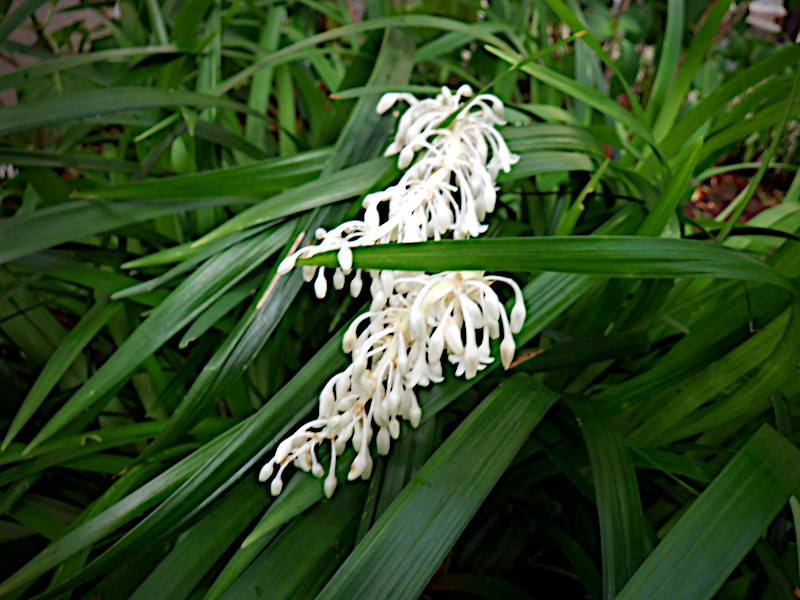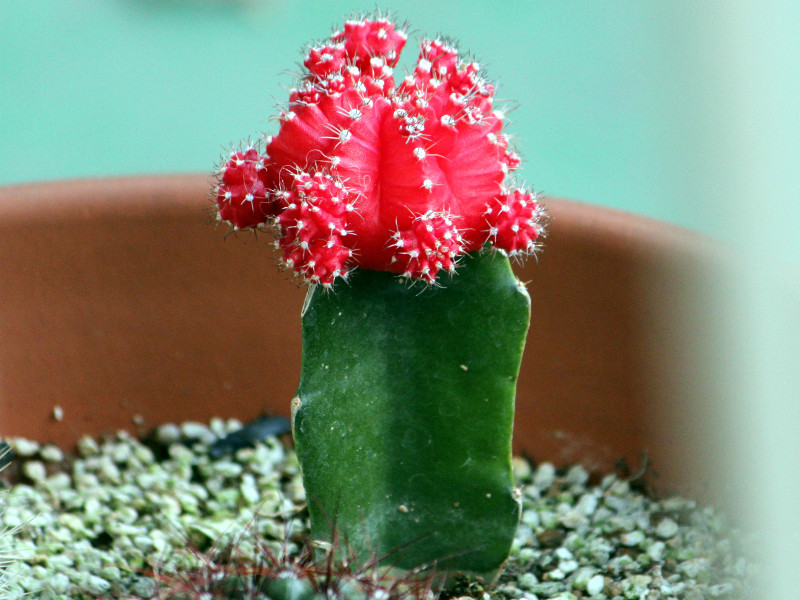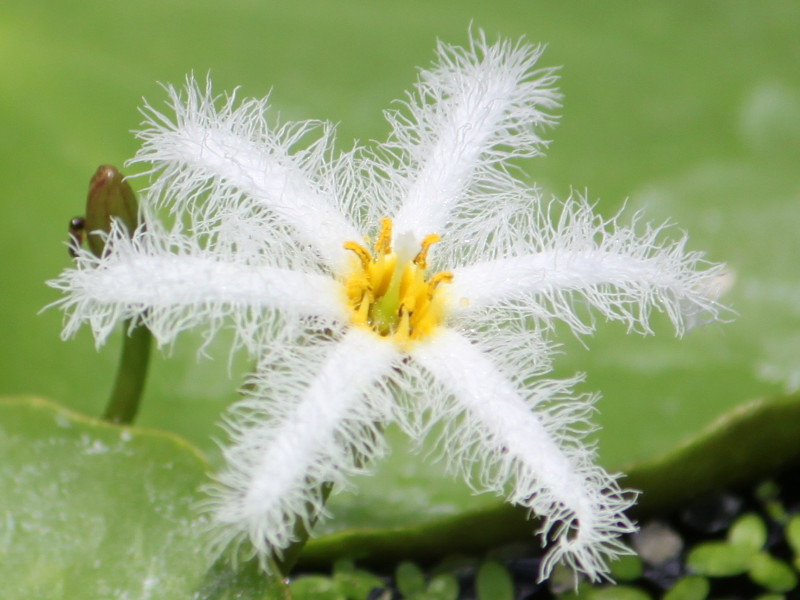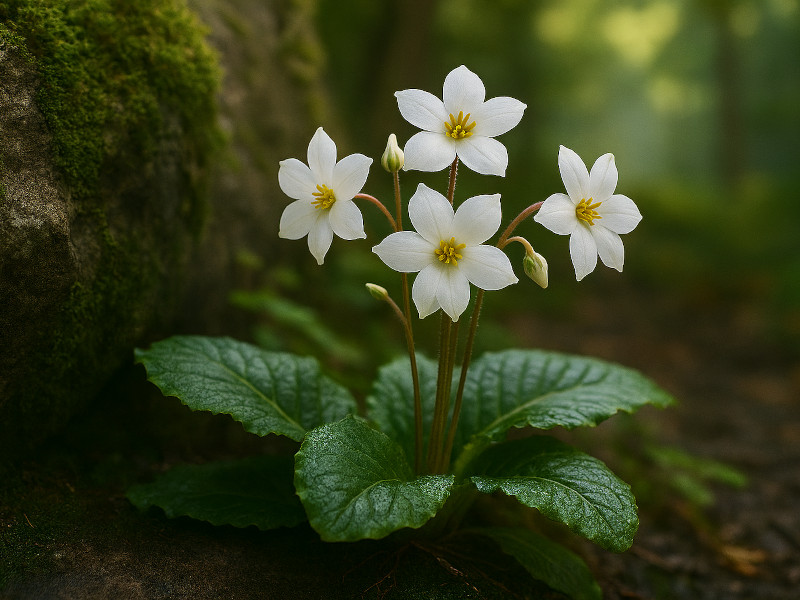Olive
Representative flower of the autonomous Palestinian areas
- Flower nameOlive
- Scientific nameOlea europaea
- AliasOlive Tree, Olive
- Place of originThe Mediterranean and Asia minor
- Place of floweringPotted flower, Specific area
- Flowering seasonMay, June
- Language of flowersPeace
What is Olive
Olive (Scientific name: Olea europaea) is native to the Mediterranean coast and small Asia and is evergreen broad leaf low tall tree of the family Orybae. The origin of Japan is famous for Shodoshima in Kagawa Prefecture. A pigeon released from the Noah's boat at 'Genesis' will be regarded as a symbol of peace as it comes home with olive leaves. It will be a design of the UN flag and the national flower of Israel. The leaves are shiny green, but the leaves on which the hair grows appear silver white. In the early summer, I will attach a number of florets with aroma similar to Mochisei to the flower arrangement. The florets are made up of milky four-deep joint veneering corolla, one stamen, two stamens, four pieces of calyx. The fruits consist of the cuticular layer of the outer pericarp, the pulp of the edible portion of the mid pericarp, and the hard nucleus containing the seeds of the inner pericarp. Olive oil is included in flesh and seeds of fruits. It is grown from around 200 BC for the purpose of collecting oil from fruits. The main component of the oil is glyceride oleate, including squalene, vitamin A, vitamin E, chlorophyll. Oleic acid is effective in preventing arteriosclerosis. Oil is also used for vegetable oil, cosmetic and sunscreen, hair rinse, medicine and so on. Pickle the flesh into pickled pickles. The material is beautiful with a dark gray pattern on brown ground and has abrasion resistance. On the Mediterranean coast there is a longer life as there are more than 1,000 years old trees, but according to Appendix Table 4 "Total life table of biology" of the National Tax Agency Tax System revised July 2008, the useful life of the tree is assumed to be 25 years.
Common names: olive, scientific name:Olea europaea,National flower: Palestine, aka: Olive Tree, Place of Origin: Mediterranean Coast, Small Asia, habitat distribution: Mediterranean countries such as Spain, Syria, Turkey, Living type: evergreen broad leaf low tree, height: 3 to 15 m, tree shape: egg shaped, bark: gray green, nodular, leaf length: 8 cm, leaf order: virgin, leaf color: green (front), silver white (back), leaf shape: egg shape, leaf margin: all edges, radial symmetrical: ordinal: inflorescence flowering period: May to June, flower color: white · Light yellow, flower number per flower: 10 to 30, small flower shape: bell shape, number of petals: 4, flower size: 0.5 to 1 cm, number of pistols: 1, stamens: 2, breeding method : Fruit color: green (young) → yellow, red (maturity) → black purple (ripe) , Uses: In addition to the use of fruits, materials are for flooring, sculpture, for machine tools.
